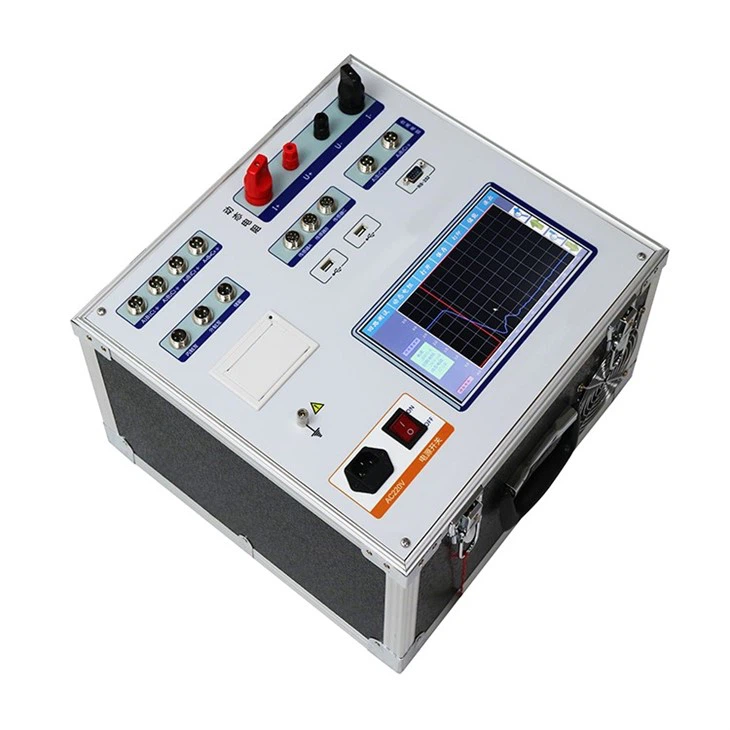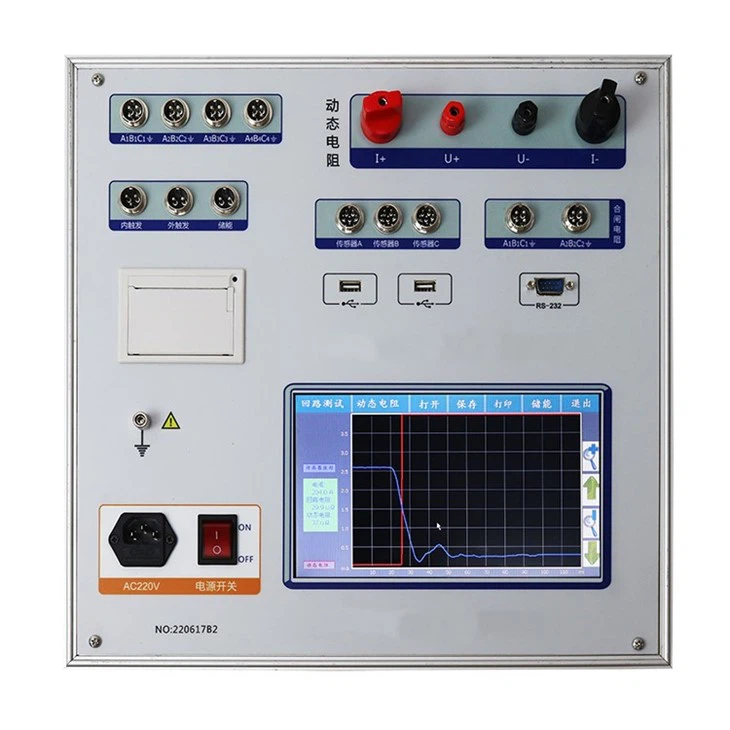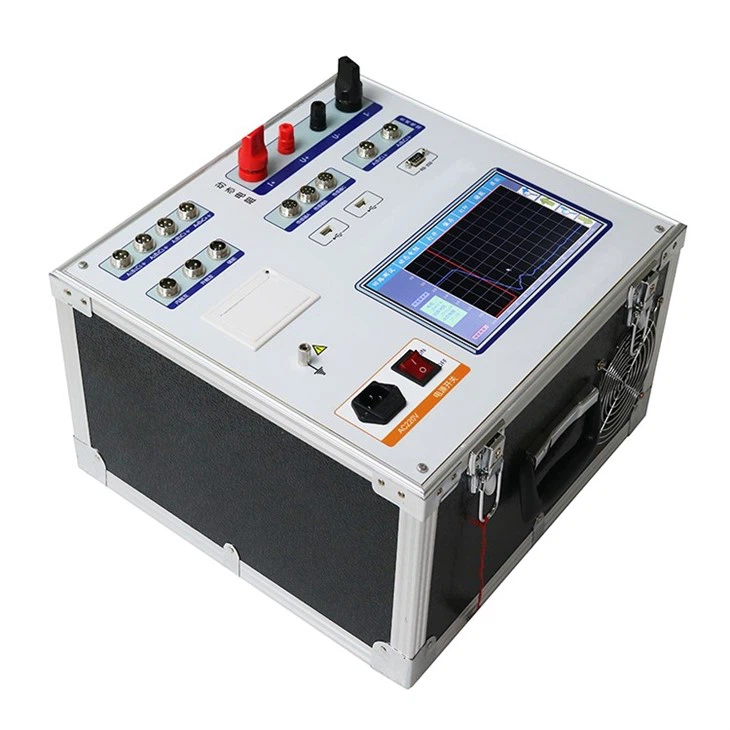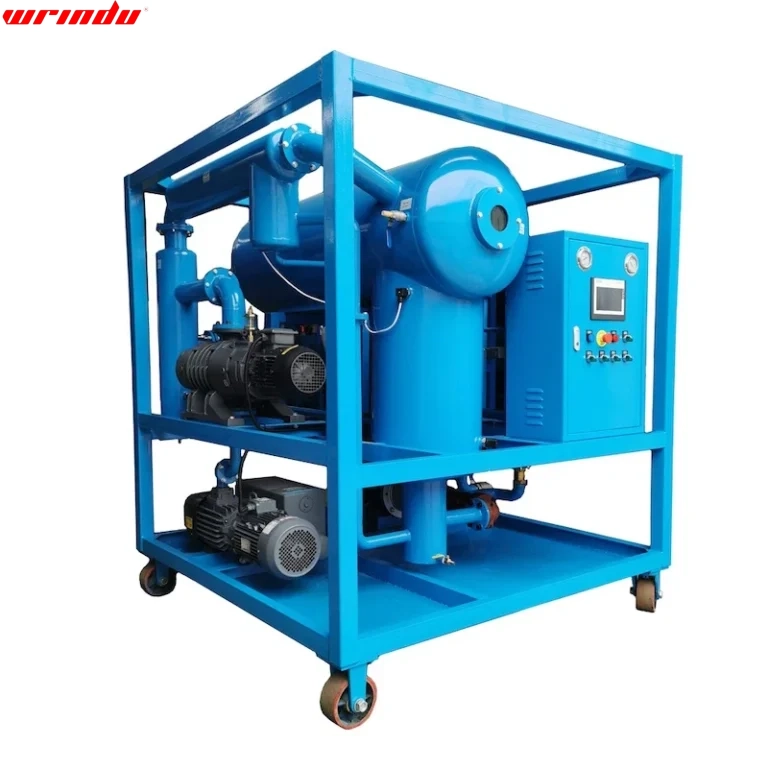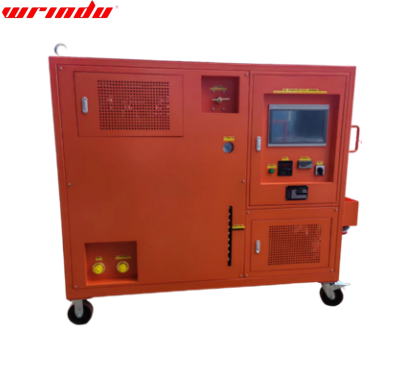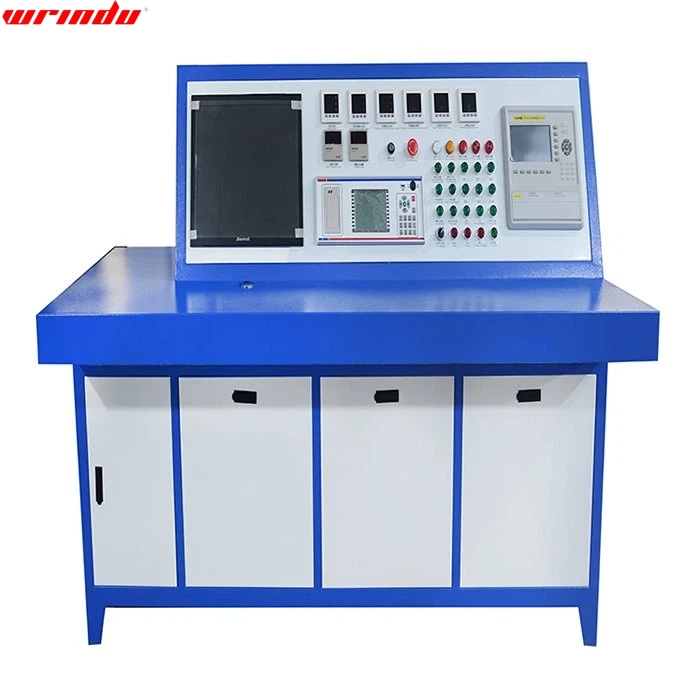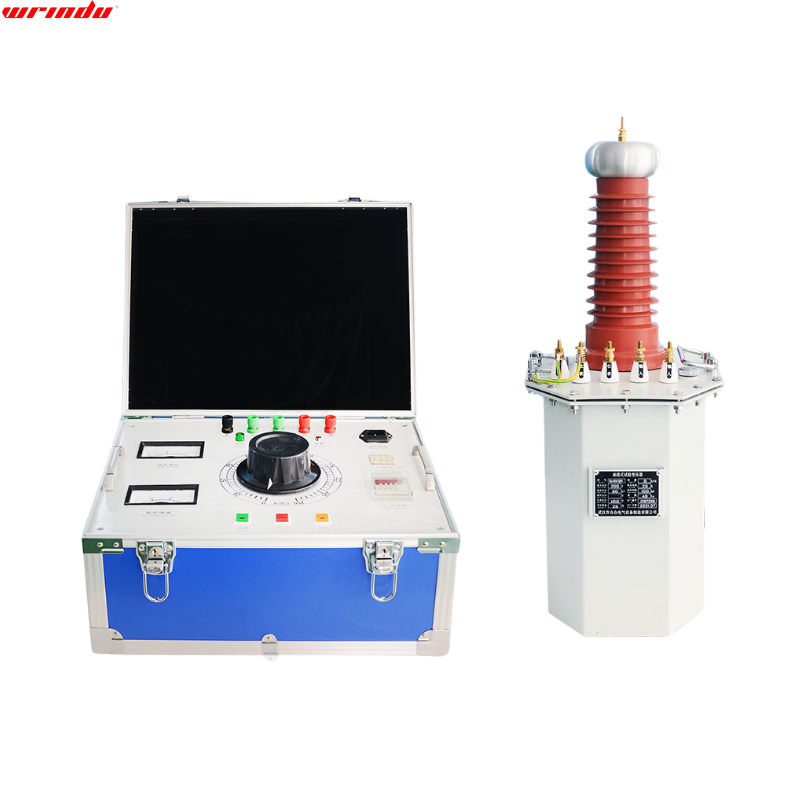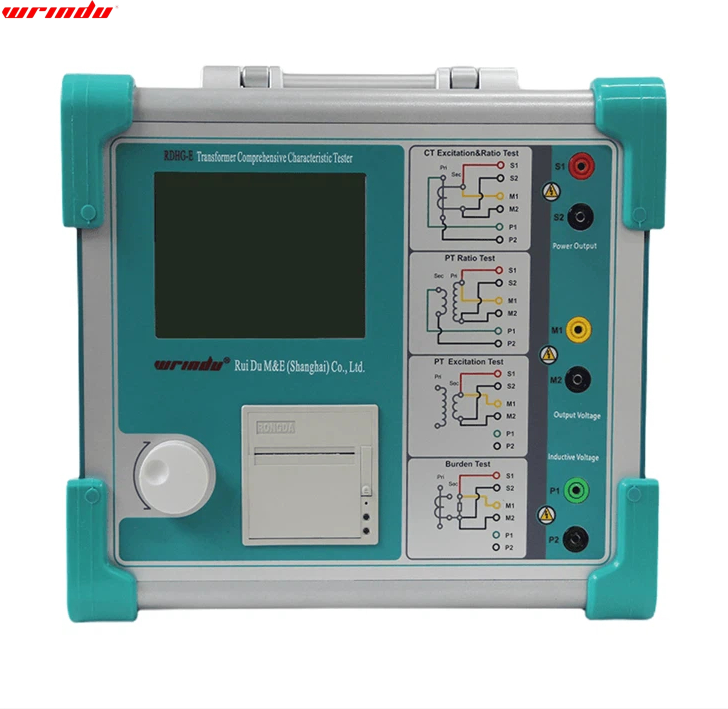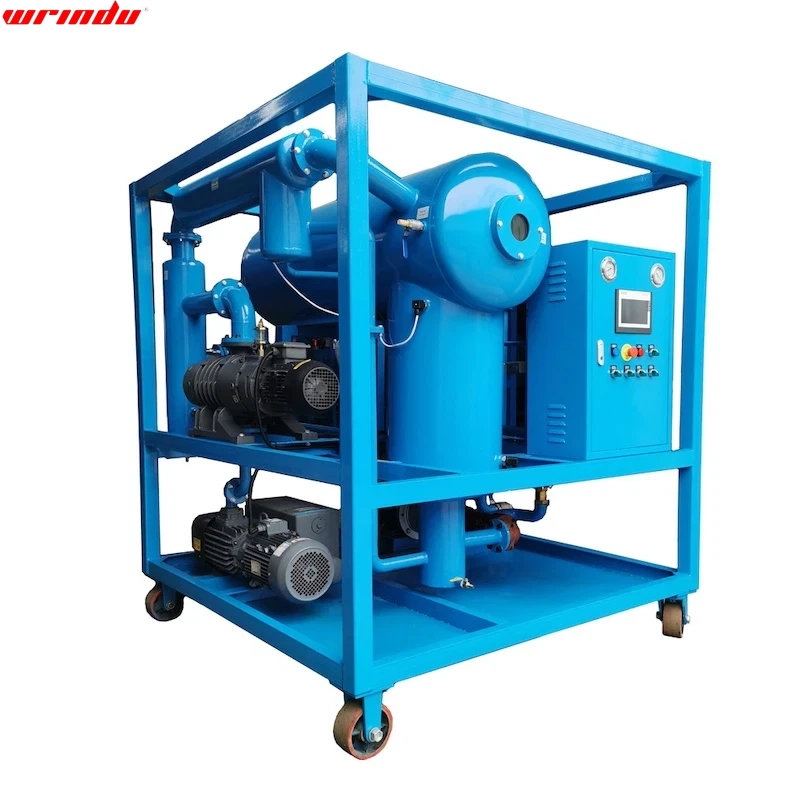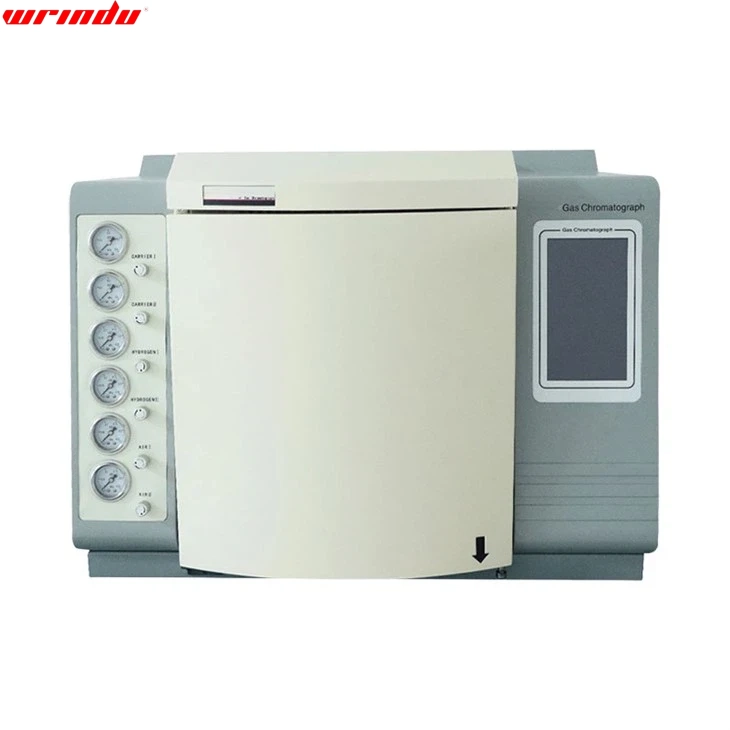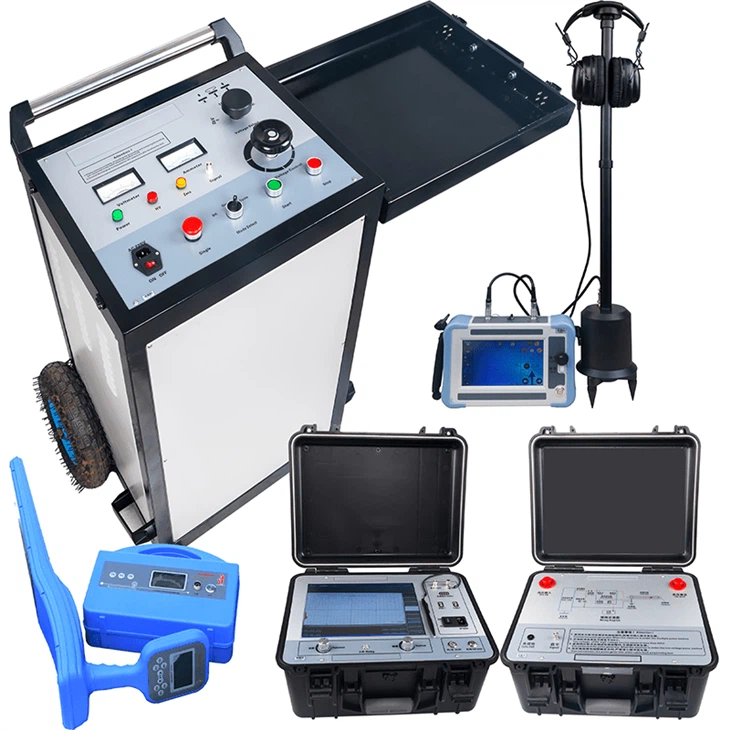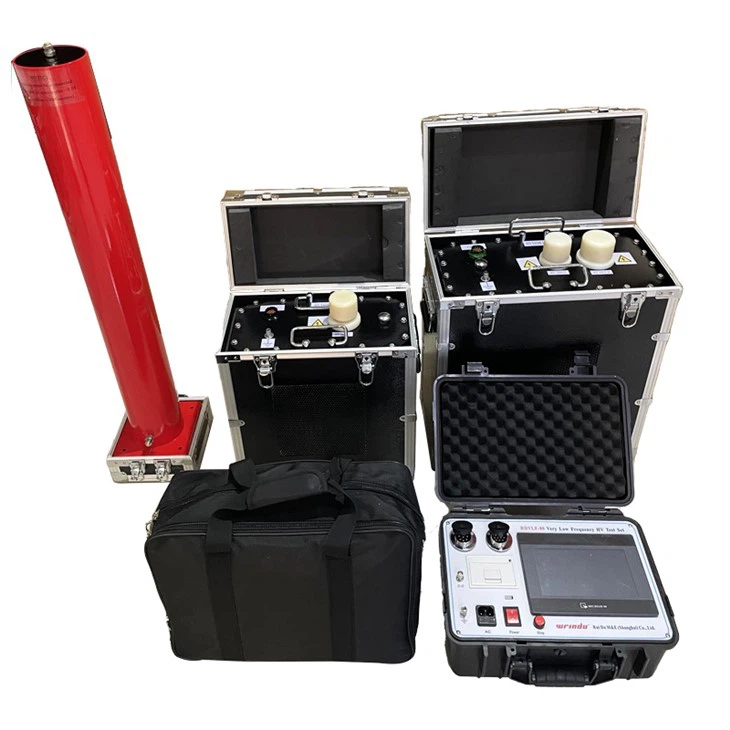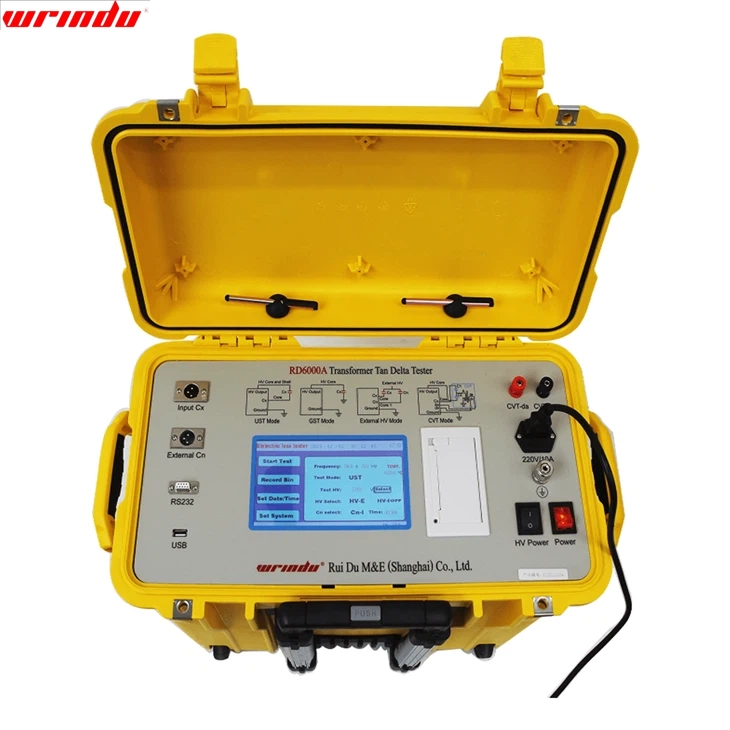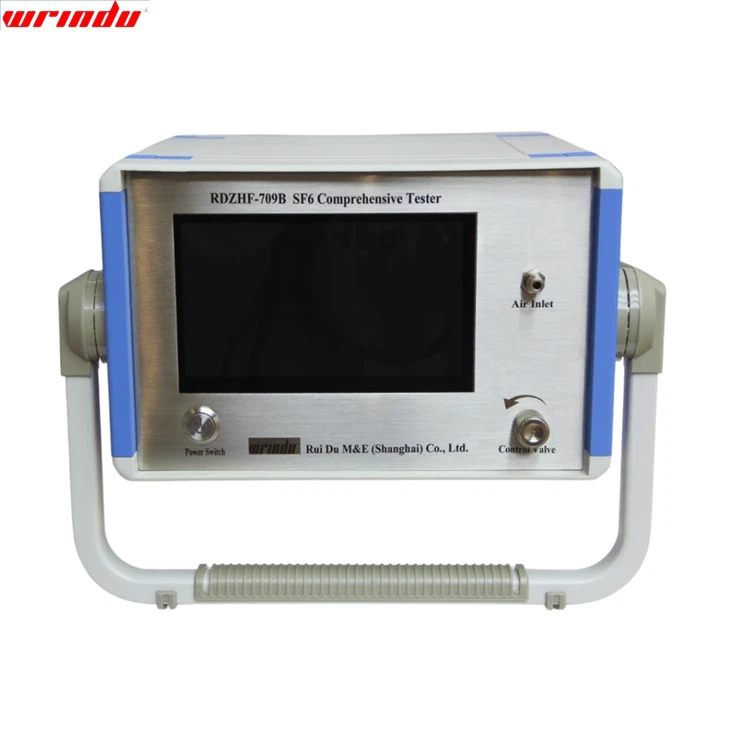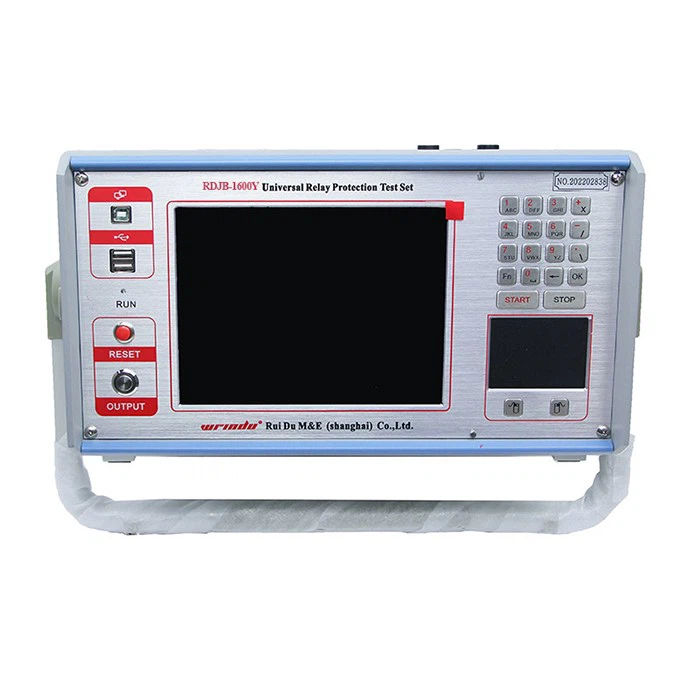OVERVIEW
One of the crucial factors in assessing the performance of circuit breakers is the mechanical characteristic parameters. Wrindu RDGC-8C High-Voltage Switch Characteristics Comprehensive Tester provides a convenient means for the dynamic analysis of various circuit breakers, enabling the precise measurement of mechanical dynamic characteristics in high-voltage circuit breakers, encompassing various voltage levels such as low oil, high oil, vacuum, SF6, and more. High-voltage circuit breakers play a vital role in controlling and safeguarding power systems, and their performance directly impacts the safe operation of these systems. Accurate assessment of mechanical characteristic parameters is essential, serving as an indispensable consideration in determining the performance of circuit breakers.
CHARACTERISTIC
- Embedded Industrial Computer
-Equipped with CortexTM-A8 motherboard, 1GHz main frequency, 1GB flash memory, and a fast 16-second startup.
-The 9-inch touchscreen, Windows system, English support, and user-friendly interface ensure easy on-site operation.
- High-Speed Thermal Printer
-This High-Voltage Switch Characteristics Comprehensive Tester enables real-time printing of test data for enhanced on-site efficiency.
- Integrated Operation Power Supply
-No need for additional power sources. Provides adjustable power supply (DC6 to 270V, 20A) and supports low-voltage operation tests for circuit breakers.
- Sensors and Mounting Accessories
-Equipped with linear, rotation, universal, and optional laser sensors, along with brackets and dedicated connectors for easy installation.
- Wide Applicability
-Suitable for all models of SF6 switches, GIS electrical combinations, vacuum switches, and oil switches.
- Comprehensive Single-Test Overview
-Obtains all data and graphics with a single switch operation, displayed simultaneously on-screen with real-time speed calculations.
- Large Storage Capacity
-The main unit can store 30,000 sets of test data (expandable with a storage card) and features an internal real-time clock for easy archiving.
- Multi-Interface Design
-Circuit Breaker Dynamic Characteristic Tester equipped with 2 USB interfaces for connecting a mouse, saving data to a USB drive, and supporting optional RS232 interface for online operation and WiFi functionality.
- Multi-Functional Measurements
-Capable of measuring metal contact breakpoints, main and auxiliary breakpoints, 3/6 circuit breaker resistances, 1 dynamic resistance, 1 speed, and optional measurement of 3 speeds.
- Special Design Features
-Circuit Breaker Dynamic Characteristic Tester Includes a bathtub with an embedded envelope wire, facilitating analysis of single switch test values and switch vibration frequency analysis.
- Interference-Resistant Circuitry
-Internal circuits are designed to resist interference, ensuring reliable use in 500KV substations.
FAQ
Q: What is the dynamic test of circuit breaker
A: Dynamic testing is the process of evaluating the performance of a circuit breaker under various dynamic conditions, including opening and closing times, recovery voltage, short-circuit testing, etc. This is done to ensure reliable operation in real-world scenarios. The test results help verify that the circuit breaker can quickly and safely interrupt current under various fault conditions, ensuring the stability and reliability of the electrical system.
Q: What is the difference between static and dynamic circuit testing
A: Static circuit testing assesses components under stable conditions (e.g., resistance measurements), while dynamic testing evaluates circuit behavior during changing events (e.g., opening/closing times, short-circuit tests). Static ensures steady-state performance, while dynamic assesses responses to dynamic situations for overall reliability and safety.
Q: What is a dynamic short-circuit test?
A: The IEC 60076-5 standard mandates short-circuit tests for power transformers to assess their dynamic resilience. The transformer’s short-circuit reactance is measured before and after each short-circuit shot, ensuring a comprehensive evaluation of its performance under such conditions. This approach is crucial for verifying the transformer’s ability to withstand short circuits and upholding the reliability and safety of power systems.





